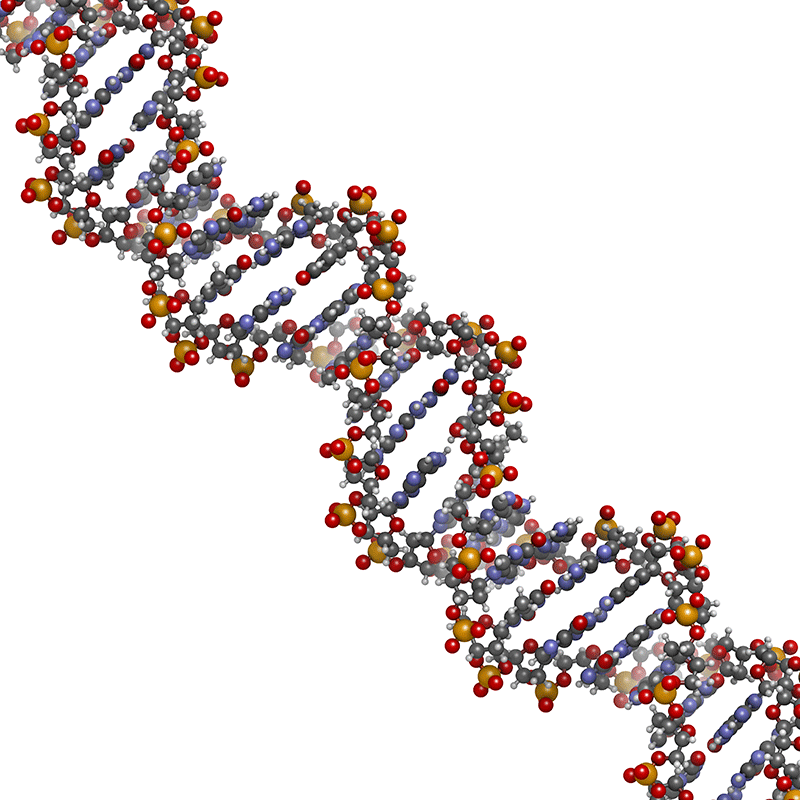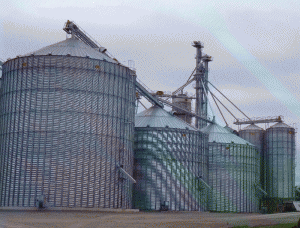Next generation biotech
UNLOCKING CRISPR’S POTENTIAL FOR AGRICULTURE
TWO SCIENTISTS, JENNIFER Doudna and Emmanuelle Charpentier, have invented a new technology for editing genomes, a technique called CRISPR-Cas9, which could be used not only to cure human diseases, but also has applications in plant biotechnology. While research is in its very early stages, Doudna thinks we could see clinical trials in humans and possibly approved therapies in the next 10 years.

The CRISPR technology came about through a basic research project. The project’s goal was to find out how bacteria fight viral infections. During the course of the project, researchers discovered that many bacteria have in their cells an adaptive immune system which allows them to detect viral DNA and destroy it. Part of that system is a protein called Cas9. Cas9 is able to seek- out, cut, and degrade viral DNA in a very specific way.
“It was through our research to understand the activity of this protein Cas9 that we realized that we could harness its function as a genetic engineering technology,” says Doudna, in a recent TED talk. Doudna is a researcher in Biochemistry and Structural Biology at the University of California, Berkeley.
“[It’s] a way for scientists to delete or insert bits of DNA into cells with incredible precision that would offer opportunities to things that really haven’t been possible in the past,” she says.
SNIPS OF DNA
When viruses infect a cell, they inject their DNA at a site called CRISPR. CRISPR stands for Clustered Regularly Interspaced Short Palindromic Repeats. The CRISPR system allows the DNA to be extracted from the virus and inserted into the DNA of the bacterium in little pieces. Over time, this mechanism allows cells to record the viruses that they have been exposed to. This information is later passed on to the cell’s progeny.
“This allows the cells to keep a record of infection,” says Doudna. “As my colleague Blake Weidenheft likes to say, ‘The CRISPR locus is effectively a genetic vaccination card in cells’.”
Once the bits of DNA have been inserted into the bacterial chromosome, the cell then makes a copy (called RNA). RNA allows interaction with DNA molecules that have a matching sequence. RNA then binds to a protein called Cas9, forming a complex “that functions like a sentinel in the cell,” Doudna explains. It then searches through the cell’s DNA to find sites that match the sequences in the bound RNAs. When they’re found, Cas9 makes a precise cut to the DNA, a double-stranded break in the DNA helix.
“This complex is programmable,” says Doudna. “It can be programmed to recognize particular DNA sequences and make a break in the DNA at that site. That activity, the way the scientists see it, could be harnessed for genome engineering.”
WHAT CRISPR CAN DO
So how do scientists plan on using the CRISPR system for genome engineering? When a plant, for instance, detects a double-stranded break in its DNA, it can fix it in one of two ways. Either it pastes the two ends back together, making a slight change in the sequence, or it integrates a new piece of DNA at the site of the cut.
“If we have a way to introduce double-stranded breaks into DNA at precise places, we can trigger cells to repair those breaks by either the disruption or incorporation of new genetic information,” explains Doudna.
What makes CRISPR-Cas9 of particular interest to plant researchers is its relative simplicity — that, and the fact that it’s more efficient and relatively inexpensive by comparison.
“We can think of older genome engineering technology as similar to having to rewire your computer each time you want to run a new piece of software,” says Doudna. “Whereas the CRISPR technology is like software for the genome. We can program it easily using these little bits of RNA.”
RESEARCH IN PLANT BIOTECHNOLOGY
Geert De Jaeger, leader of the Functional Interactomics Group in the Department of Plant Systems Biology at Gent University in Belgium is excited about the technology’s potential. Already, he and his colleagues have been using CRISPR-Cas9 in plants. Their research, however, is still in the start-up phase.
“What is striking is that the technology has been taken up so fast by the community,” says De Jaeger. “That says something about its promises, but also about its efficiency. It is a fairly easy technique to set up and apply, but the main advantage of CRISPR, as compared to former genetic engineering tools, is that it allows researchers to change the sequence of specific genes in a targeted way. This has been so far quite difficult in plants.”
At the moment, De Jaeger says that plant researchers are using the technology to knock out genes, but they hope that it will soon be used to boost the activity of a group of genes simultaneously as well.
While the technology is new, what plant researchers are doing with it isn’t. Basically, they’re using it to make new varieties that deliver higher yields and are more resistant to stress and pests. So far, scientific literature shows that the technology works in corn, soy, wheat, cabbage, rice, and tomatoes.
Before the CRISPR technology can be employed, though, Doudna thinks it’s important to address the various ethical issues that its use raises, especially since it can be used not only in human cells, but also in the embryos of organisms.
Together with her colleagues, Doudna has called for a global conversation so that all of the ethical and societal implications can be carefully considered.
To learn more about CRISPR, consider following @CRISPR_papers on Twitter. •























